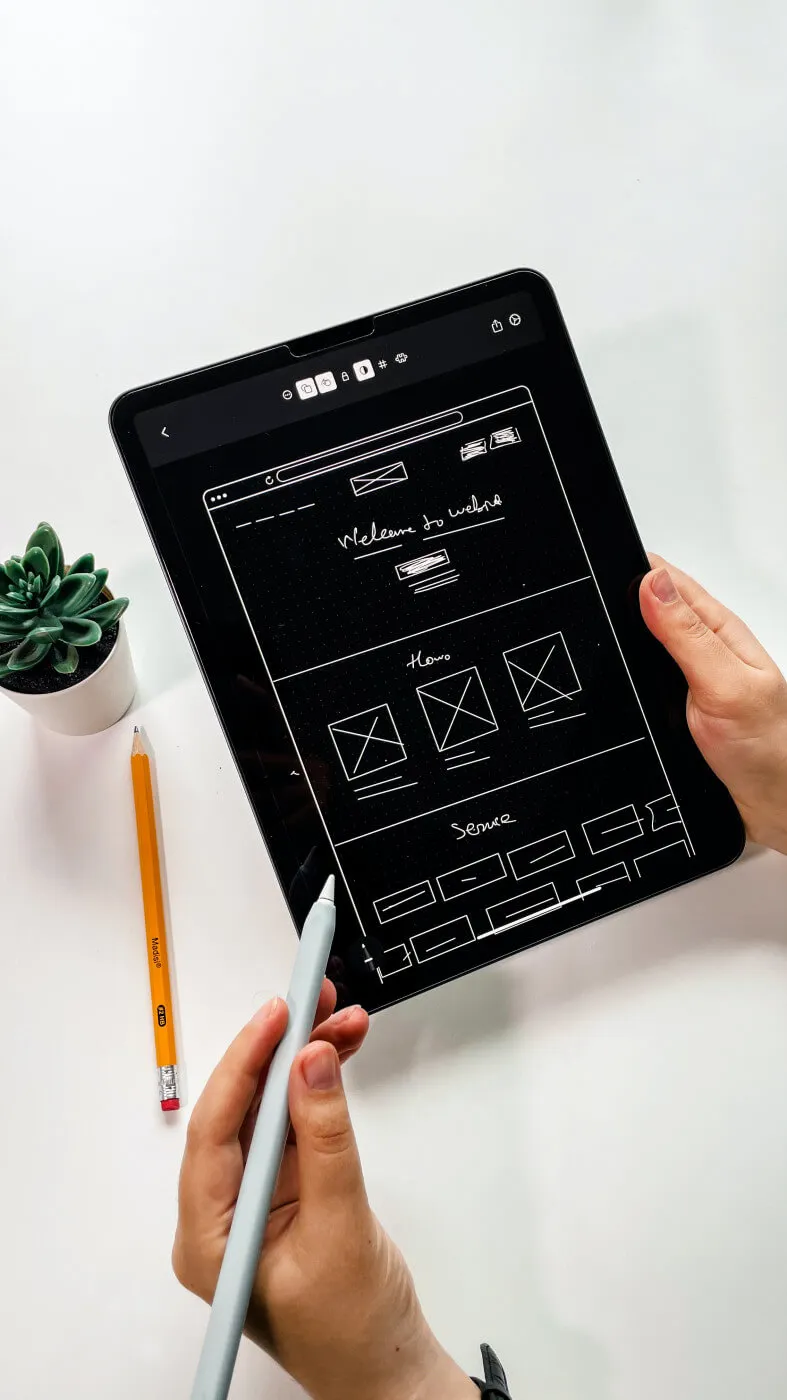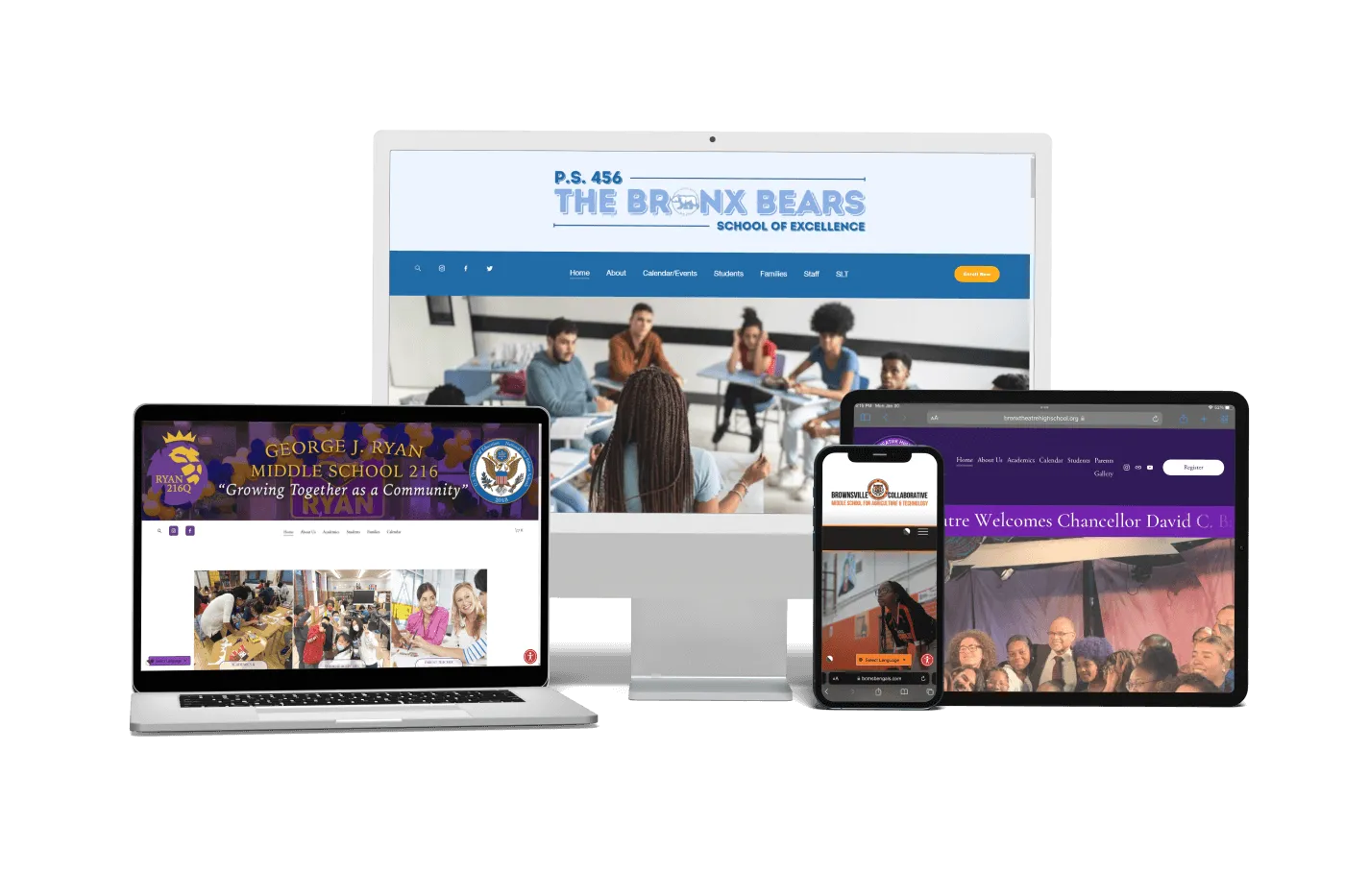
User experience, or UX, has become an increasingly important aspect of design and development in recent years. User experience has been incorporated into all design outlets, from products and technologies to websites and interfaces. But what exactly is user experience, and why is it so important? In this article, we’ll provide a comprehensive overview of UX.
User experience refers to the overall experience that a person has when interacting with a product, service, or system. It encompasses all aspects of the user’s interaction with the product, including its functionality, usability, accessibility, aesthetics, and emotional impact. UX design focuses on optimizing the user’s experience to ensure that they have a positive and fulfilling experience.
The Importance of User Experience
Good user experience is crucial for a number of reasons. Firstly, it can significantly impact user engagement, retention, and satisfaction. If a website or mobile app is easy and enjoyable to use, users are more likely to continue using it and recommend it to others.
On the other hand, if a website is frustrating or confusing to use, users are more likely to abandon it and look for alternatives. In addition to its impact on user engagement , good UX design can lead to increased audience loyalty and success in achieving your goals.
A website that is designed with the user’s needs and preferences in mind is more likely to resonate with its target audience and generate positive word-of-mouth, which can lead to increases in the strength of your brand, enrollment , and school funding.
What is User Interface?
User interface , or UI, is different than user experience in that it refers to the visual and interactive elements of a product, service, or system that allow users to interact with it. It includes all the on-screen elements that users interact with, including buttons, menus, text, images, or animations. The goal of UI design is to create a user interface that is intuitive, easy to use, and visually appealing.
What are the Differences Between User Experience (UX) and User Interface (UI)?
Although UX and UI are related to each other, they are different concepts that serve different purposes in design and development.
- Scope. As we mentioned above, UX is a broader concept that encompasses all aspects of the user experience, including usability, functionality, accessibility, and emotional impact, while UI is a narrower concept that is limited to the visual and interactive elements of the product.
- Goals. The goal of UX is to create a product or service that is easy to use, engaging, and satisfying for the user, while the goal of UI is to create a visually appealing and intuitive interface that enables the user to interact with the product, service, or content effectively.
- Methods. UX design involves user research, prototyping, testing, and analysis to identify user needs and pain points and optimize the overall user experience. UI design involves creating visual designs, wireframes, and prototypes to develop a user interface that is well-designed and easy to use.
- Timeframe. UX design is typically done early in the product development process, while UI design is done later in the process once the overall structure and functionality have been established.

User Experience Design: The Basics
With UX design, there are core components to consider. Here are some basics of UX design:
- User research. UX design starts with understanding the needs and preferences of the target users, in this case, your school’s community, students and/or staff. User research methods like surveys, interviews, and usability testing are used to gather information about user behavior, motivations and pain points. Identify your ideal user (a prospective family, a standout staff member, or a generous donor), and build personas to understand more about their behaviors and expectations.
- Information architecture. Once the user research is done, the next step is to organize the content and functionality of the product or service. This is done through information architecture, which involves creating a clear and logical structure for the content and navigation.
- Wireframing and prototyping. Wireframes and prototypes are used to visualize the design concepts and test them with users. Wireframes are basic sketches or blueprints of the design, while prototypes are interactive versions that simulate the user experience. For many websites, wireframing will be enough in the user experience components, with prototyping being better suited for physical products.
- Visual design. Visual design involves creating a look and feel for the product that is consistent with the brand and appealing to the users. This includes your school’s color palettes, fonts, brand elements and more.
- Usability testing. Usability testing is done throughout the design process to ensure that the product or service is easy to use and understand. This involves observing users as they interact with the design and making changes based on their feedback. You may uncover issues that you were blind to, or discover you were making assumptions that did not translate to the test group's actions.
How Your School Can Use User Experience to Improve Community Experience
User experience can benefit a school in several ways, including:
- Increased Engagement. By improving the user experience of students, teachers, and parents, a school can increase engagement and motivation. When users have a positive experience with a school, they are more likely to be engaged in learning and other activities, leading to better outcomes for everyone.
- Improved Retention. A positive user experience can also improve retention rates for both students and teachers. When users feel valued and supported by a school, they are more likely to stay and contribute to the school community.
- Enhanced Reputation. A school that prioritizes user experience can develop a positive reputation in the community. This can lead to increased enrollment, better recruitment of top talent, more successful fundraising and improved relationships with stakeholders.
- Better Collaboration. A user-centered approach can also facilitate collaboration and teamwork between teachers, students, and parents. When users feel heard and respected, they are more likely to work together towards common goals, leading to better outcomes for the school as a whole.
- Improved Innovation. By gathering user feedback and insights, a school can identify areas for improvement and innovation. This can lead to the development of new programs, resources, and technologies that enhance the user experience, improve learning outcomes, and help to keep your school competitive.
Examples of Good User Experience in Schools
A good UX can have a significant impact on student engagement, learning outcomes, and overall satisfaction with their education. In this context, there are several examples of good user experiences in schools that can serve as inspiration for educators and school administrators.
One example of good UX in schools is the use of personalized learning platforms that allow students to learn at their own pace and according to their individual needs. These platforms can include interactive content, quizzes, and assessments that provide instant feedback, making learning more engaging and rewarding for students. Another example is the use of technology in the classroom, such as smartboards, which can facilitate collaboration and active participation among students.
Additionally, good UX in schools can also involve creating a positive physical environment that promotes student well-being and learning. This can include comfortable seating, good lighting, and aesthetically pleasing classroom designs. Providing healthy and nutritious food options in school cafeterias and promoting physical activity through sports and other extracurricular activities can contribute to a positive school experience for students.
SOLVED has worked with hundreds of schools in the U.S. to develop high-quality websites and mobile applications with a focus on creating an amazing user experience. Take a look at some of our work, and get in touch if you’re interested in creating your own digital experience for your school.

Improve Your User Experience Today
If you’re not sure where to start with User Experience, our team is here to help! SOLVED offers solutions to your school’s problems with modern solutions, including website design and improvement, app design, school branding, and more.
Schedule your free 15-minute meeting
with our team to discuss your school needs, and how we can help you achieve your recruitment, fundraising, and marketing goals.





